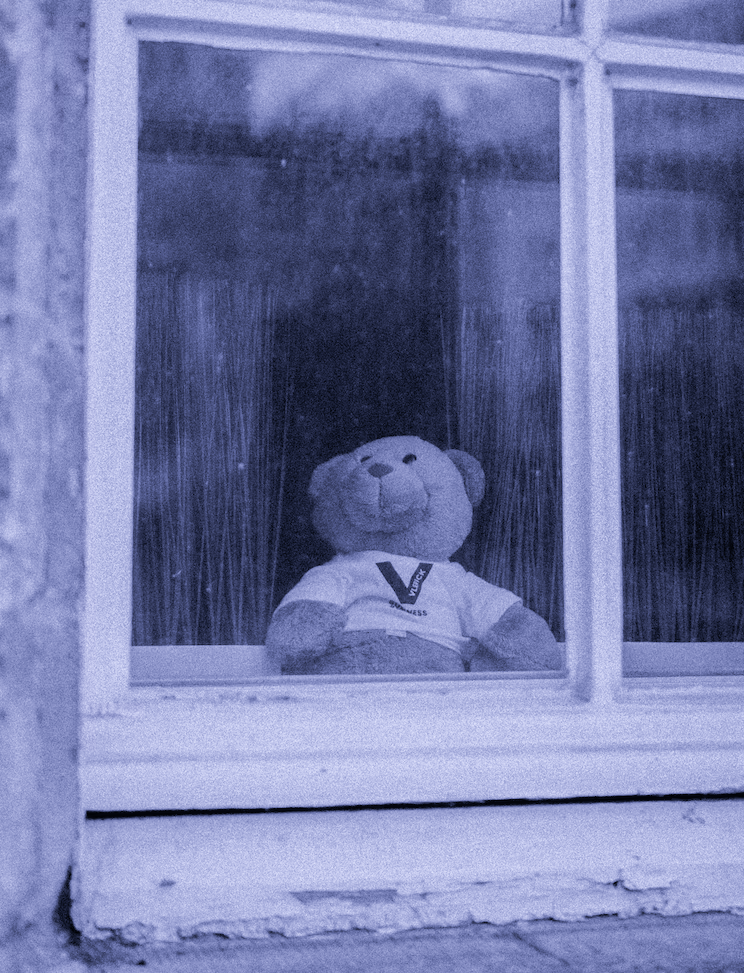Types of Abuse
Child abuse can take many different forms and may involve a combination of different types of abuse. No matter the form, child abuse is always harmful and unacceptable. These are the main types of abuse:
Physical Abuse
This involves the use of physical force that results in injury, pain, or impairment to the child. Examples of physical abuse include hitting, slapping, shaking, pushing, burning, or biting a child.
Sexual Abuse
This involves any sexual activity between a child and an adult, or an older child. Sexual abuse can include touching or fondling, intercourse, oral sex, or exposing the child to sexual content.
Emotional Abuse
This involves the use of words or actions to harm a child's emotional well-being. Emotional abuse can include threats, belittling, humiliation, rejection, or withholding of love and affection.
Neglect
This occurs when a caregiver fails to provide for a child's basic needs, including food, shelter, medical care, or supervision. Neglect can be physical or emotional, and it can have long-term effects on a child's development and well-being.
Witnessing domestic violence
While not officially recognised as a form of abuse by the New Zealand Government, this occurs when a child witnesses one or both parents engaging in physical or emotional abuse towards each other. Children who witness domestic violence may experience emotional trauma, and may also be at increased risk of experiencing abuse themselves.

